
The Marrow Thieves, written by Métis author Cherie Dimaline, is a young adult dystopian novel published in 2017․ Set in a post-apocalyptic Canada ravaged by climate change, the story explores themes of colonialism, Indigenous resistance, and the significance of cultural preservation․ The novel follows a group of Indigenous characters as they navigate a world where dreaming has become a rare commodity, and their marrow holds the key to restoring this lost ability․ This powerful narrative weaves together elements of hope, resilience, and the fight against oppression, making it a compelling read in contemporary speculative fiction․
Overview of the Novel
The Marrow Thieves is a young adult dystopian novel by Métis author Cherie Dimaline, published in 2017 by Cormorant Books․ Set in a post-apocalyptic Canada, the story explores a world devastated by climate change and societal collapse․ Indigenous characters, possessing the ability to dream, are hunted for their marrow, which holds the key to restoring this lost skill․ The novel delves into themes of resistance, cultural preservation, and hope, offering a powerful narrative of survival and resilience in the face of oppression and environmental disaster․
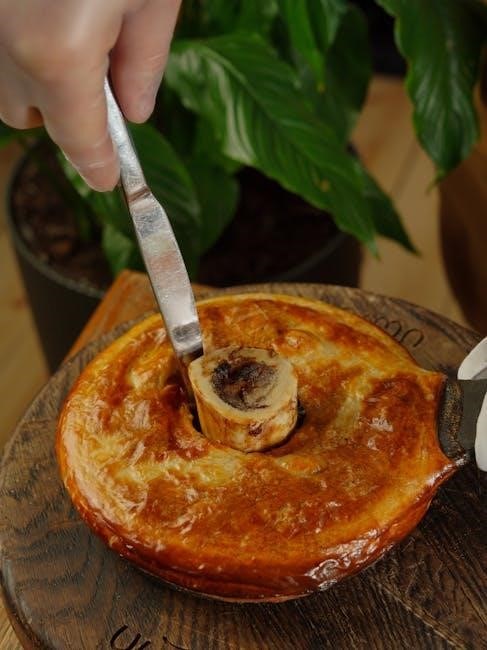
Author Background: Cherie Dimaline
Cherie Dimaline is a Métis writer and educator from Canada, known for her powerful storytelling and commitment to Indigenous narratives․ Her novel The Marrow Thieves earned widespread acclaim for its poignant exploration of colonialism, climate change, and cultural resilience․ Dimaline’s work often blends speculative fiction with deeply personal and historical themes, reflecting her dedication to amplifying Indigenous voices․ Her writing has been recognized with numerous awards, solidifying her role as a significant figure in contemporary Indigenous literature and education․
Publication Details
The Marrow Thieves was published on September 1, 2017, by Cormorant Books․ The novel has garnered significant attention for its thought-provoking narrative and timely themes․ Available in paperback, e-book, and audiobook formats, it has become a staple in young adult dystopian literature․ The book has been widely praised for its unique voice and compelling storytelling, making it a sought-after resource for classrooms and book clubs focused on Indigenous perspectives and speculative fiction․
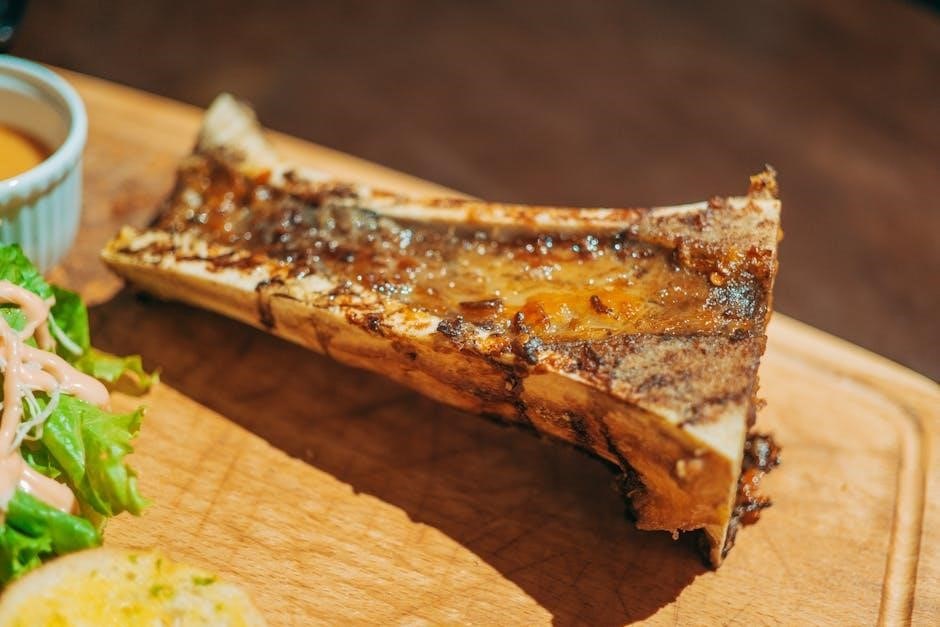
Plot Summary
In a dystopian future, climate disasters have ravaged Earth, and most people have lost the ability to dream․ Indigenous characters, whose marrow holds the power to restore dreaming, must evade oppressive forces seeking to exploit this resource․ The story follows their struggle for survival and resistance in a world on the brink of collapse․
Setting: A Dystopian Future
The Marrow Thieves unfolds in a bleak, post-apocalyptic Canada ravaged by climate change and natural disasters․ Society has collapsed, and the world is plagued by environmental degradation․ The remnants of humanity struggle to survive in a harsh, barren landscape where dreaming has become a rare and coveted ability․ Indigenous communities, with their deep connection to the land and culture, play a central role in resisting oppression and reclaiming their heritage in this desolate future․
Key Characters and Their Roles
French, the protagonist, is a young Indigenous man navigating a world where his people are hunted for their bone marrow, which can restore dreaming․ Miig, an elder, becomes a father figure, guiding French and others in their survival․ Swoop, a skilled hunter, and Trace, a quiet but resourceful individual, add strength to the group․ RiRi, a fierce and determined woman, embodies resilience․ Together, they form a tight-knit community, each playing a vital role in resisting oppression and preserving their culture in a dystopian world․
Central Conflict and Narrative Arc
The central conflict revolves around the Indigenous characters’ struggle to survive in a dystopian world where their marrow is sought after to restore dreaming․ French, the protagonist, embarks on a journey of resistance and self-discovery, navigating a harsh environment filled with danger․ The narrative arc explores themes of resilience, cultural preservation, and hope, as the characters confront oppressive forces and work to reclaim their heritage․ The story builds tension through their collective efforts to evade capture and protect their community, ultimately highlighting the power of unity and tradition in the face of adversity․
Themes and Motifs
The novel explores themes of colonialism, climate change, and the preservation of Indigenous culture through dreams, emphasizing resilience, hope, and the clash between tradition and oppression in a dystopian world․
Colonialism and Indigenous Resistance
The Marrow Thieves delves into the historical and ongoing impacts of colonialism on Indigenous communities, portraying resistance through cultural preservation and resilience․ The novel critiques the settler-colonial state’s exploitation, highlighting how Indigenous characters challenge oppressive systems while reclaiming their identities․ By centering Indigenous voices and experiences, Dimaline underscores the importance of sovereignty and the fight against erasure, offering a powerful commentary on Canada’s colonial past and present․
Climate Change and Environmental Degradation
The Marrow Thieves portrays a dystopian future where Earth is ravaged by global warming and natural disasters․ Rising temperatures, collapsed ecosystems, and extreme weather have created a barren landscape․ This environmental collapse mirrors the societal breakdown, as governments and corporations fail to address the crisis․ The novel highlights how climate change disproportionately affects Indigenous communities, exacerbating their marginalization․ Through this bleak setting, Dimaline underscores the urgency of environmental stewardship and the importance of Indigenous wisdom in restoring balance to the planet․
Dreams and Cultural Preservation
In The Marrow Thieves, dreams are a vital link to cultural heritage, preserved through Indigenous storytelling and traditions․ These visions, carried by the protagonists, serve as acts of resistance against an oppressive world․ By valuing their cultural roots, the characters find strength to endure, making their ability to dream a powerful symbol of resilience and hope in a world that seeks to erase their identity․

Character Development
The novel explores French’s journey from vulnerability to leadership, while Indigenous protagonists embody resilience and cultural strength․ Antagonists challenge their growth, shaping identities through adversity․
French’s Journey and Growth
French, the protagonist of The Marrow Thieves, undergoes significant personal growth throughout the novel․ Initially portrayed as a vulnerable and conflicted character, French navigates a world devastated by climate change and colonial oppression; Through his experiences, he learns to embrace his identity and find strength in his connection to Indigenous culture․ His journey highlights resilience and the importance of staying connected to one’s heritage, ultimately becoming a symbol of hope and resistance in a dystopian world․
Indigenous Protagonists and Their Significance
In The Marrow Thieves, the Indigenous protagonists embody resilience and resistance against colonial oppression․ Their stories highlight the importance of cultural preservation and the fight for survival in a dystopian world․ These characters challenge colonial narratives by asserting their identities and traditions, offering a powerful counterpoint to the oppressive forces that seek to erase their heritage․ Their journeys not only drive the plot but also serve as a testament to the enduring strength of Indigenous cultures and communities in the face of adversity․
Antagonists and Their Roles in the Story
The antagonists in The Marrow Thieves are the oppressive government agents and scientists who hunt Indigenous people for their marrow․ These characters represent systemic colonialism and exploitation, seeking to extract resources from Indigenous bodies to restore dreaming․ Their relentless pursuit drives the protagonists into hiding and survival mode․ The antagonists symbolize historical and ongoing oppression, serving as a stark contrast to the resilience and cultural strength of the Indigenous characters․ Their actions propel the narrative’s tension and highlight themes of resistance and survival․
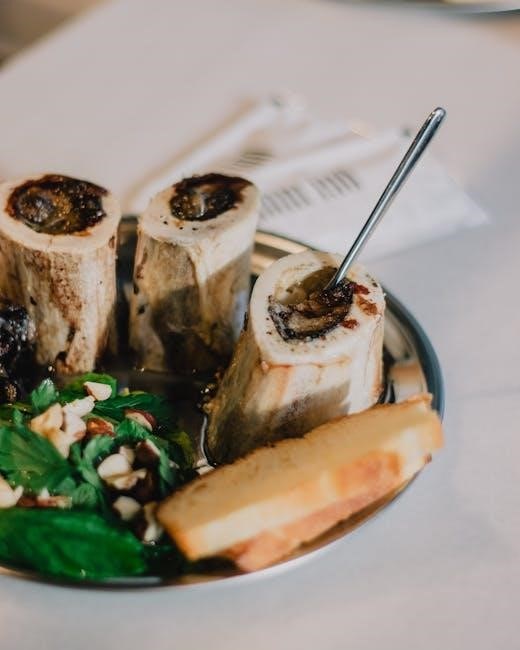
Symbols and Metaphors
The novel employs powerful symbols like marrow, representing Indigenous life force and cultural preservation, while dreams symbolize hope and resistance․ Natural elements like forests and rivers metaphorically signify resilience and connection to land, contrasting with the oppressive forces seeking to exploit these elements․ These symbols underscore the enduring strength of Indigenous identity and culture in the face of colonial oppression․
The Significance of “Marrow” in the Title
The title The Marrow Thieves centers on the marrow, a symbol of Indigenous vitality and cultural essence․ In a world where dreaming has vanished, the marrow of Indigenous people holds the key to restoring this lost ability․ The thieves, who steal this marrow, represent colonial forces exploiting Indigenous bodies for their own survival․ This motif underscores themes of cultural preservation, resistance, and the commodification of Indigenous identity, highlighting the resilience of Indigenous communities in the face of oppression and environmental collapse․
Dreams as a Symbol of Hope and Resistance
Dreams in The Marrow Thieves symbolize hope, cultural preservation, and resistance against oppression․ In a dystopian world where most people have lost the ability to dream, Indigenous characters retain this gift, making their marrow highly sought after․ Dreams serve as a connection to their heritage and a source of resilience, allowing them to envision a better future․ This ability becomes a powerful form of resistance, challenging the oppressive forces that seek to erase Indigenous identity and culture, and offering a beacon of hope in a bleak, climate-ravaged world․
Natural Elements and Their Representation
Natural elements in The Marrow Thieves are deeply symbolic, reflecting both the beauty and fragility of the world․ The novel portrays a dystopian future where climate change has ravaged the Earth, with forests, rivers, and wildlife diminished or lost․ Nature is depicted as a victim of human greed and neglect, yet it also serves as a source of resilience and survival for Indigenous characters․ The land itself becomes a character, embodying the enduring spirit of resistance and the interconnectedness of life, while also highlighting the consequences of environmental destruction and colonial exploitation․

Reception and Reviews
The Marrow Thieves has received widespread acclaim for its powerful storytelling and cultural significance․ Critics praise its unique perspective on colonialism and climate change, resonating deeply with readers worldwide․
Awards and Recognition
The Marrow Thieves has garnered significant literary acclaim․ It won the Kirkus Prize for Young Readers’ Literature in 2017 and the Governor General’s Literary Award for English-language fiction․ The novel was also a finalist for the CBC Canada Reads competition in 2018․ These recognitions highlight its profound impact on contemporary literature, particularly in its exploration of Indigenous resilience and dystopian themes․ Cherie Dimaline’s work has been celebrated for its unique voice and cultural significance․
Critical Acclaim and Analysis
The Marrow Thieves has received widespread critical acclaim for its powerful storytelling and thought-provoking themes․ Critics praise its unflinching portrayal of colonialism, climate change, and Indigenous resilience․ The novel’s unique blend of dystopian fiction and Indigenous storytelling has been celebrated for its originality and cultural relevance․ Analyzers highlight its exploration of identity, community, and resistance, noting how Dimaline’s narrative challenges settler-colonial narratives․ The novel’s emotional depth and vivid world-building have solidified its place as a landmark work in contemporary Indigenous literature and speculative fiction․
Reader Responses and Discussions
Readers of The Marrow Thieves often praise its impactful storytelling and thought-provoking themes․ Many discuss the novel’s portrayal of climate change and its effects on Indigenous communities, resonating deeply with its vivid depiction of a dystopian future․ The exploration of identity, resilience, and cultural preservation has sparked meaningful conversations in classrooms and online forums․ Fans highlight the novel’s ability to blend speculative fiction with Indigenous perspectives, making it a compelling and necessary read for understanding contemporary issues and the power of resistance and hope․
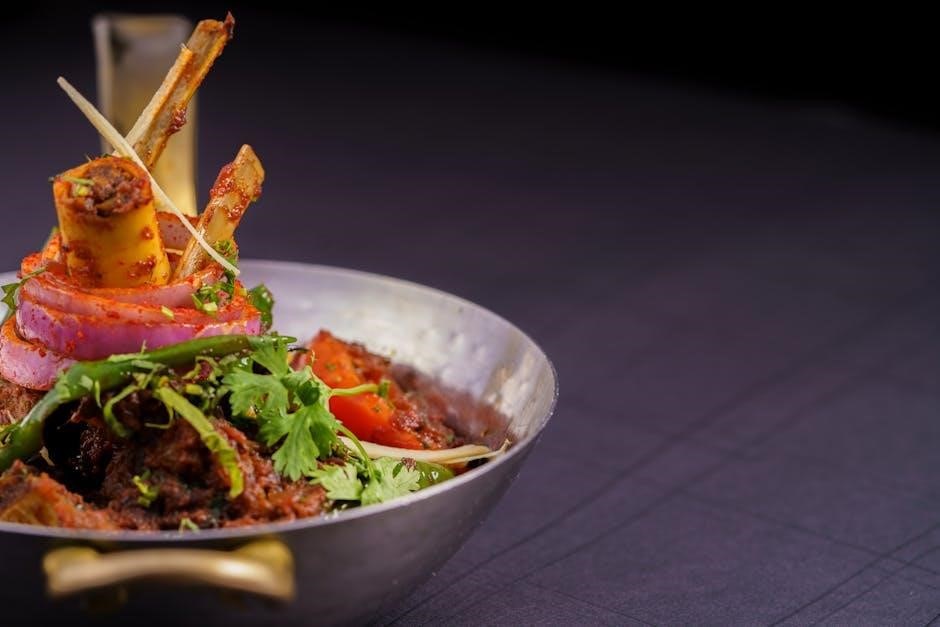
Educational Resources

Educational resources for The Marrow Thieves include study guides, analysis tools, and teaching materials․ SparkNotes offers detailed summaries and quotes for classroom use, aiding deeper exploration of themes, characters, and motifs․ These resources help educators integrate the novel into curricula, fostering discussions on colonialism, climate change, and Indigenous resilience, making it a valuable text for critical thinking and literary analysis in educational settings․
Study Guides and Analysis Tools
Study guides and analysis tools for The Marrow Thieves are available in PDF formats, offering summaries, character analyses, and essay prompts․ SparkNotes provides detailed summaries and quotes, while other platforms offer thematic explorations․ These resources help students explore colonialism, climate change, and Indigenous resilience, aiding classroom discussions and assignments․ They are essential for teaching the novel, fostering a deeper understanding of its themes and motifs among learners․
Teaching the Novel in Classrooms
Teaching The Marrow Thieves in classrooms involves exploring its themes of colonialism, climate change, and cultural preservation․ Educators can use PDF study guides to facilitate discussions on resilience and resistance․ The novel’s focus on Indigenous perspectives offers a unique lens for analyzing historical and contemporary issues․ Classroom activities can include essay writing, character analysis, and reflective discussions, helping students connect the narrative to broader societal challenges and personal experiences, fostering empathy and critical thinking․
Essay Topics and Writing Prompts
Essay topics for The Marrow Thieves might include analyzing the impact of colonialism on Indigenous communities, exploring the role of climate change in shaping the novel’s world, or discussing the significance of cultural preservation․ Students could also write about French’s personal growth or the symbolism of marrow and dreams․ Prompts might ask readers to reflect on resilience strategies or imagine a future inspired by the novel’s themes․ These topics encourage deep analysis and creative thinking about the text’s key elements and broader implications․
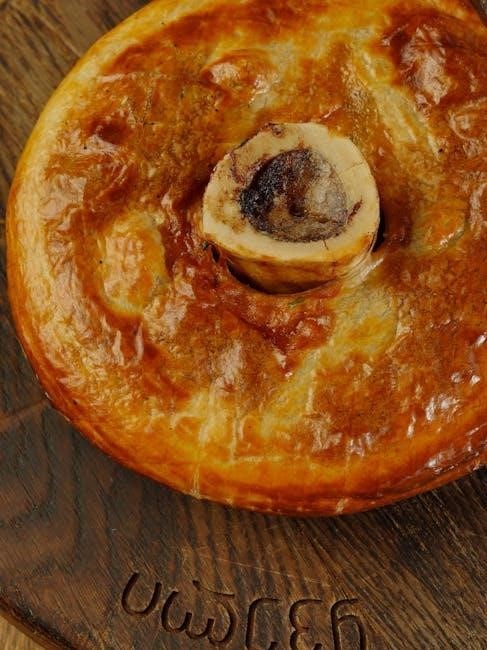
Comparative Analysis
The Marrow Thieves shares themes of climate disaster and societal collapse with other dystopian novels, yet its focus on Indigenous resilience and cultural survival offers a unique perspective․
Similarities with Other Dystopian Novels

The Marrow Thieves mirrors other dystopian works in its portrayal of a world devastated by climate catastrophe and societal collapse․ Like The Hunger Games and Fahrenheit 451, it explores themes of oppression, resistance, and survival․ The novel’s focus on a marginalized group fighting against a oppressive regime echoes classic dystopian narratives․ However, its unique voice and Indigenous perspective set it apart, blending familiar genre elements with a fresh, culturally rich storyline that highlights resilience and hope in the face of despair․
Unique Aspects of “The Marrow Thieves”
The Marrow Thieves stands out for its Indigenous-centric narrative, blending Métis cultural traditions with dystopian elements․ Unlike other works, it centers Indigenous voices and resilience, offering a unique perspective on colonialism and climate change․ The novel’s use of dreams as a form of cultural preservation and resistance is a distinctive feature, highlighting the importance of Indigenous knowledge and storytelling․ This focus on cultural identity and hope sets it apart from more despair-driven dystopian narratives, providing a powerful message of survival and renewal․
Cultural and Historical Context
The Marrow Thieves reflects the historical legacies of colonialism and Indigenous oppression in Canada, drawing parallels to real-world events like residential schools and land theft․ The novel’s depiction of a dystopian future mirrors the systemic erasure of Indigenous cultures, offering a poignant commentary on the past and present․ Dimaline’s Métis identity infuses the narrative with authenticity, emphasizing the resilience of Indigenous communities and their fight to preserve cultural traditions in the face of overwhelming oppression and environmental collapse․
The Marrow Thieves is a powerful exploration of colonialism, climate collapse, and Indigenous resilience․ Its poignant narrative underscores the importance of cultural preservation and hope in dystopian futures, offering a vital perspective on identity and survival in contemporary literature․
Final Thoughts on the Novel’s Impact
The Marrow Thieves leaves a lasting impact by blending personal and collective struggles in a dystopian world․ Its exploration of colonialism, climate collapse, and cultural resilience sparks crucial conversations about identity, survival, and hope․ The novel’s ability to weave Indigenous voices and traditions into a speculative narrative makes it a powerful tool for fostering empathy and understanding․ Its relevance in contemporary discussions about environmental justice and systemic oppression ensures its continued resonance with readers and scholars alike․
Relevance in Contemporary Literature
The Marrow Thieves holds significant relevance in contemporary literature by addressing pressing issues like climate change, colonialism, and cultural identity․ Its speculative narrative reflects real-world concerns, offering a powerful commentary on environmental degradation and systemic oppression․ The novel’s focus on Indigenous resilience and resistance resonates deeply, making it a vital contribution to discussions on social justice and decolonization․ Its popularity in classrooms and among readers underscores its importance as a tool for fostering empathy and understanding in today’s world․
Call to Action for Further Exploration
Readers are encouraged to dive into The Marrow Thieves to experience its powerful narrative and explore its themes of resilience and resistance․ Engage with study guides and analyses to deepen understanding․ Discuss the novel in book clubs or classrooms to share perspectives․ Reflect on its relevance to contemporary issues and consider how its message can inspire personal and collective action․ Let this story spark curiosity and motivate further exploration of Indigenous voices and speculative fiction․


